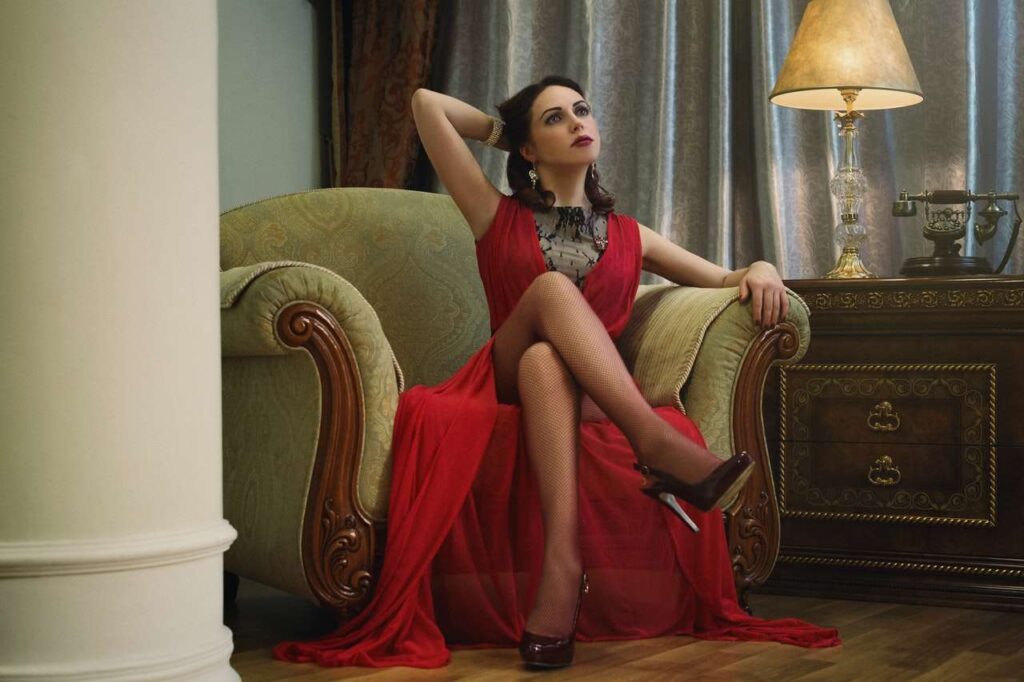Runway Revolution: Diversity and Inclusivity in Fashion Shows
Fashion has always been a powerful form of self-expression, reflecting the ever-evolving cultural landscape. In recent years, the industry has undergone a transformative shift towards inclusivity and diversity, redefining the standards of beauty and challenging long-held stereotypes. At the forefront of this movement are fashion shows – the grand stages where trends come to life. The traditional notions of a homogeneous runway are being replaced with a vibrant tapestry that celebrates every shade, size, gender, and background.
Breaking the Mold:
The conventional fashion runway was once a place where a singular, narrow standard of beauty prevailed. Models were often expected to conform to a specific body size, height, and appearance. However, this limited representation left countless individuals feeling marginalized, excluded, and unable to connect with the fashion world. The realization that beauty comes in all forms and identities sparked the demand for change.
A Spectrum of Beauty:
Enter the era of runway revolution. Fashion shows are now embracing a diverse range of models, reflecting the beauty of the real world. The inclusion of models of different ethnicities, body sizes, genders, and ages is redefining the narrative of beauty. What was once considered unconventional is now celebrated as a powerful statement of inclusivity. Designers are casting models with various abilities, showcasing the strength of diversity and shattering preconceived notions.

Fashion for All:
Inclusivity goes beyond the models on the runway. Designers are creating collections that cater to a wider range of consumers. The concept of “see now, buy now” has gained traction, allowing people to purchase runway pieces immediately after a show. This democratizes fashion, making high-end designs accessible to a broader audience. Collaborations between luxury brands and fast-fashion retailers further blur the lines, ensuring that everyone can partake in the latest trends.
Cultural Celebrations:
Inclusivity isn’t limited to body types; it extends to cultural backgrounds as well. Designers are embracing their own heritage and cultural influences, weaving them into their collections. Runways are now adorned with garments that pay homage to diverse traditions, fostering cross-cultural appreciation. This celebration of heritage not only promotes inclusivity but also educates and informs audiences about the richness of various cultures.

Empowering Voices:
The runway revolution isn’t solely about physical appearances; it’s about amplifying voices that have historically been silenced. Models are no longer just faces; they are advocates, influencers, and activists. They’re using their platforms to champion causes, raise awareness about social issues, and inspire change. This shift towards empowered representation is making fashion shows not just about style, but about substance.
Fashion as a Mirror:
Fashion has the unique ability to mirror societal changes and aspirations. As the world becomes more interconnected and aware, fashion shows are evolving to reflect these changes. Designers are acknowledging the responsibility they hold in shaping perceptions and embracing the challenge to foster a more equitable world.
Challenges and Progress:
While the industry has made significant strides towards inclusivity, challenges remain. The pace of change varies, and some fashion houses continue to lag behind in embracing diversity. Critics argue that tokenism – the inclusion of a few diverse models as a mere gesture – still persists. True inclusivity demands consistent, sustained representation.
However, the progress is undeniable. High-profile fashion events like New York Fashion Week, London Fashion Week, and Paris Fashion Week have seen an increase in diverse representation on the runway. Major fashion houses are hiring diversity and inclusion officers, signaling their commitment to change. Social media and the digital age have also played a pivotal role, giving marginalized voices a platform to demand representation.
The Path Forward:
As the runway revolution gains momentum, the future of fashion shows is promising. The shift towards diversity and inclusivity is not just a fleeting trend; it’s a fundamental change in the DNA of the industry. As designers, brands, models, and audiences collectively celebrate the beauty of humanity’s diversity, fashion shows are becoming more than just exhibitions of clothing – they are platforms for storytelling, empowerment, and unity.

Inclusion is the new norm, and the runway is where this norm is celebrated with exuberance. With every step taken towards diversity, fashion becomes more reflective of the vibrant tapestry of life itself. As the world continues to evolve, the runway stands as a testament to the power of fashion to shape perceptions, challenge norms, and ultimately redefine what it means to be beautiful, both inside and out.
You may also like
-
Eco-Fashion Revolution: Pioneering Sustainable Textile Innovations for the Future
-
Number 1 The Path to Prosperity: Unveiling the Key to Wealth and Success
-
Shops like Boden: Top alternatives for stylish clothing
-
Vogue World London – EVERYTHING you need to know!
-
Milan Fashion Week: Stars and style align at the Spring-Summer 2024 shows


1 thought on “Runway Revolution: Diversity and Inclusivity in Fashion Shows”